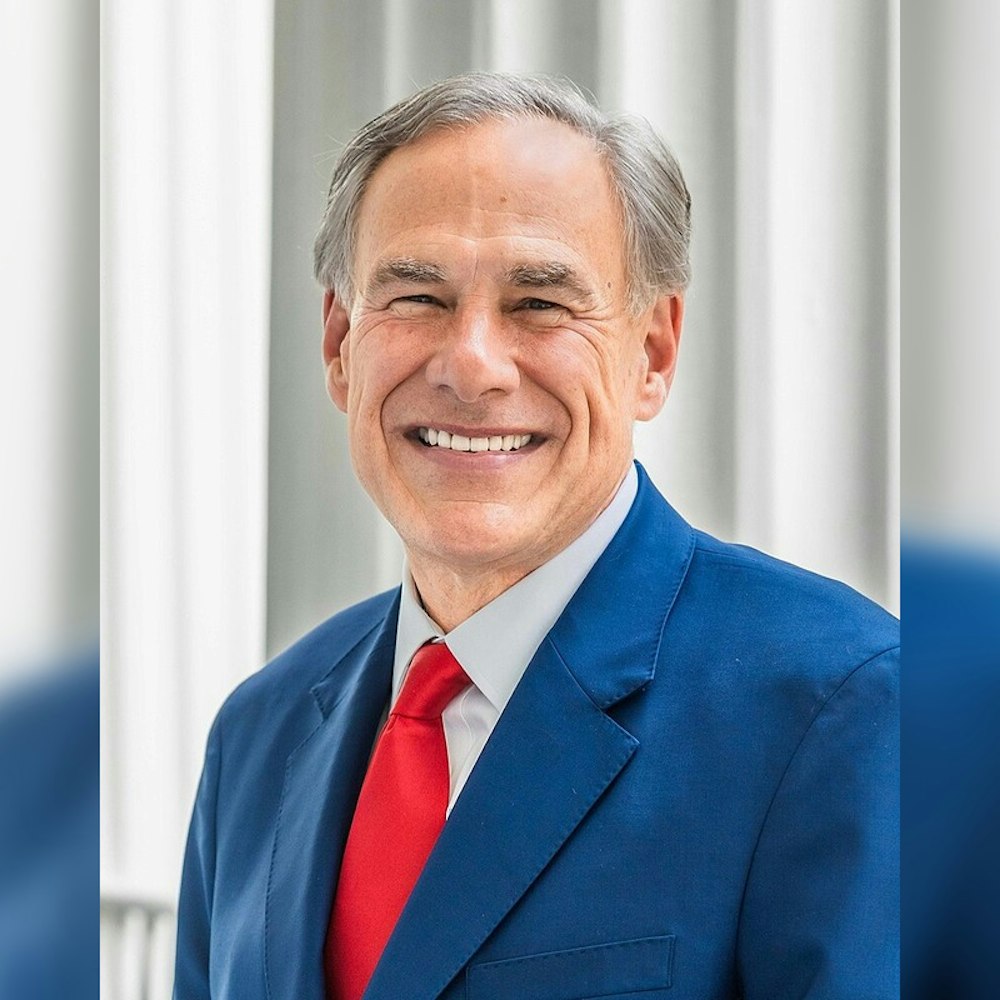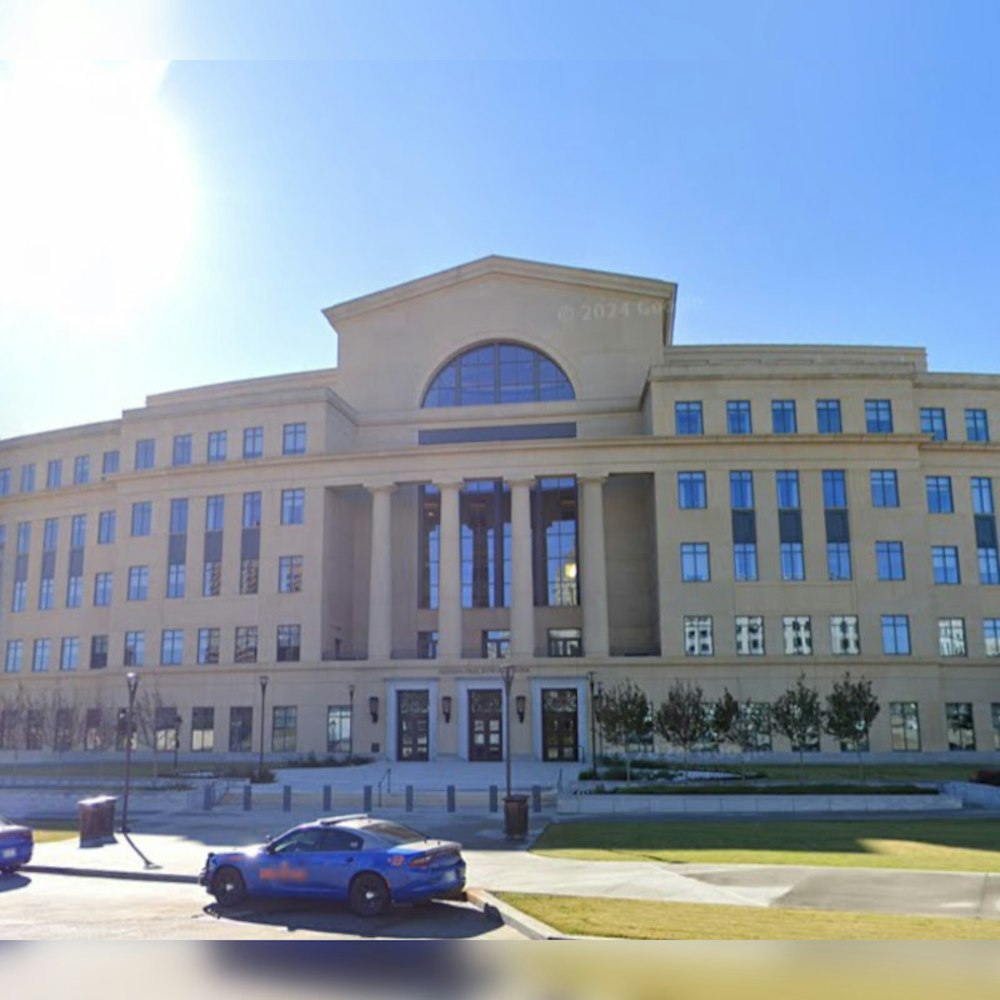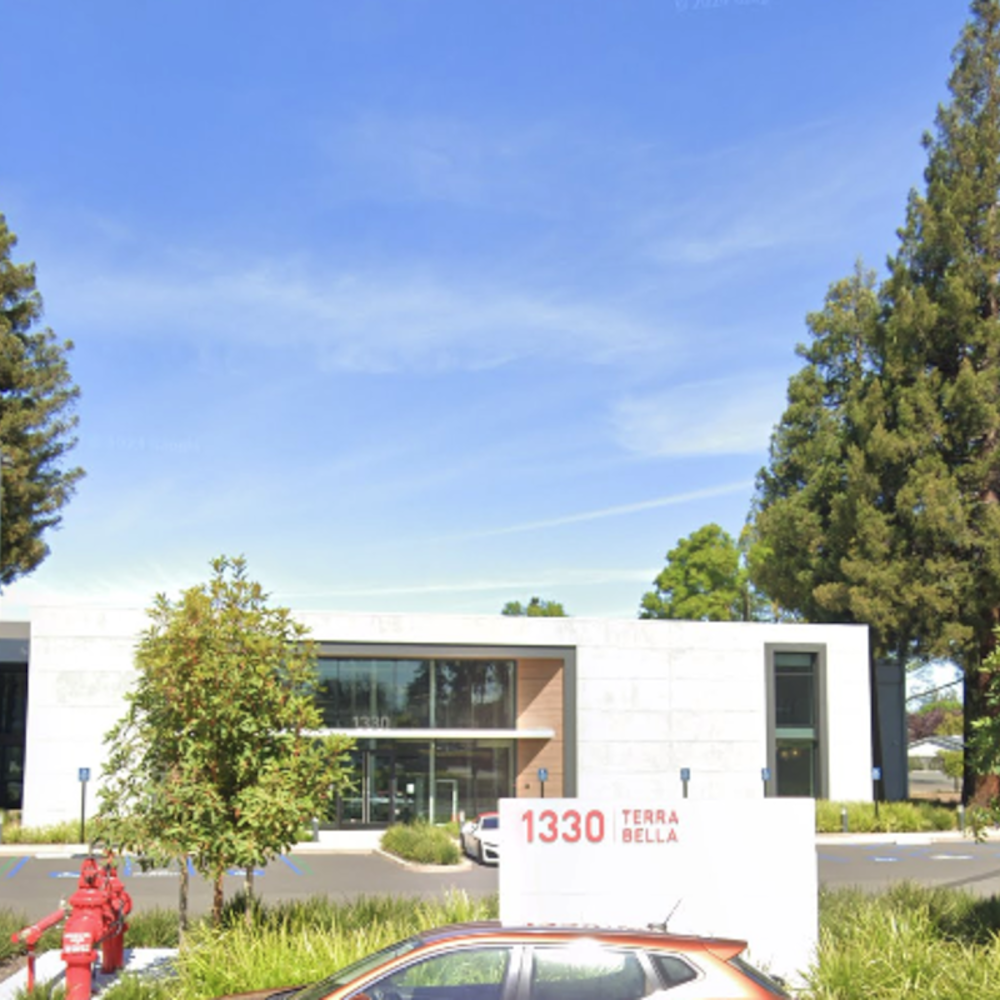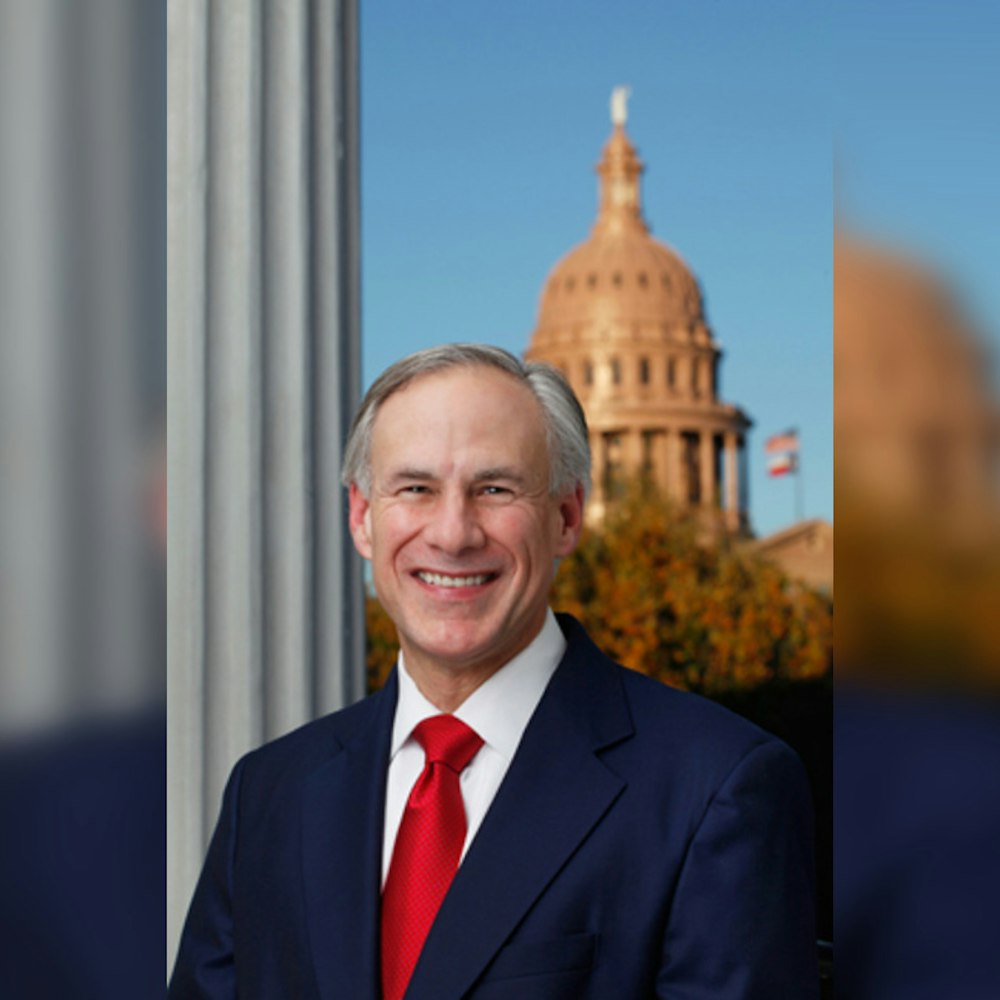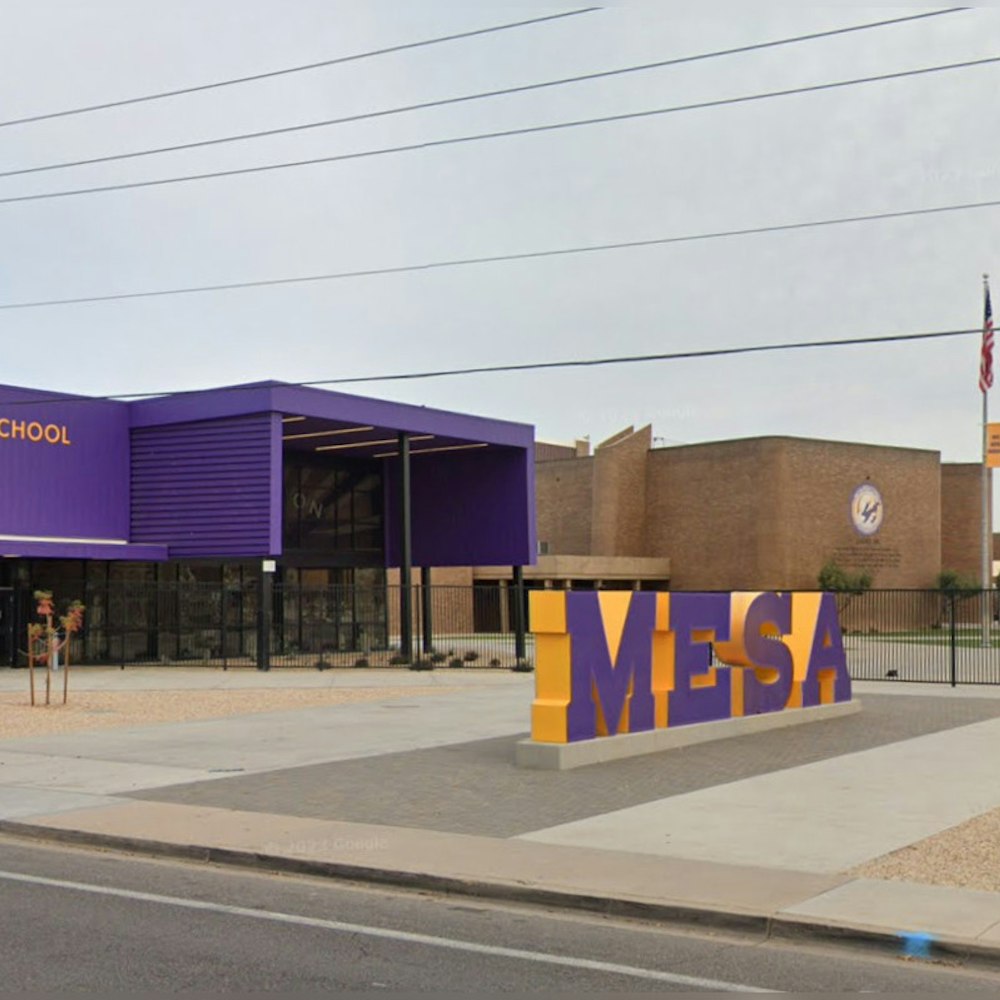
In a robust response to the rising tide of food insecurity, Austin Public Health (APH) Neighborhood Centers have made a noticeable impact by providing essential support to residents, nearly tripling the number they served last year. The city's centers have become a beacon of hope for low- and moderate-income families, offering a helping hand with rent, utilities, and food assistance.
Angel Zambrano, the Neighborhood Services Unit Manager, acknowledged the increase in need. "We've unfortunately seen a rise in food insecurity in those who we often serve, but I'm thankful to say that our teams are rising to the task. It's thanks to our hardworking staff at our Neighborhood Centers, and our partnership with the Central Texas Food Bank that we’ve been able to help those in need," Zambrano said, according to the City of Austin.
Through October of the current year, over 64,000 people attended food distribution events orchestrated by the Neighborhood Centers. For comparison, during the same period last year, the count stood at 26,694 individuals.
Community Services Assistant Director Donna Sundstrom urged citizens to seek assistance if needed. "I want to encourage anyone who may need help with food, finding a job, paying rent, or other basic needs to visit one of our centers and meet with our staff," as per the City of Austin.
Austin Public Health has made it easier for residents to access support by maintaining multiple Neighborhood Centers across the city. These centers are open to all in need, regardless of background or income level. Locations in North, East, and South Austin provide a range of services that can be crucial to residents' well-being, as reported by the City of Austin.
